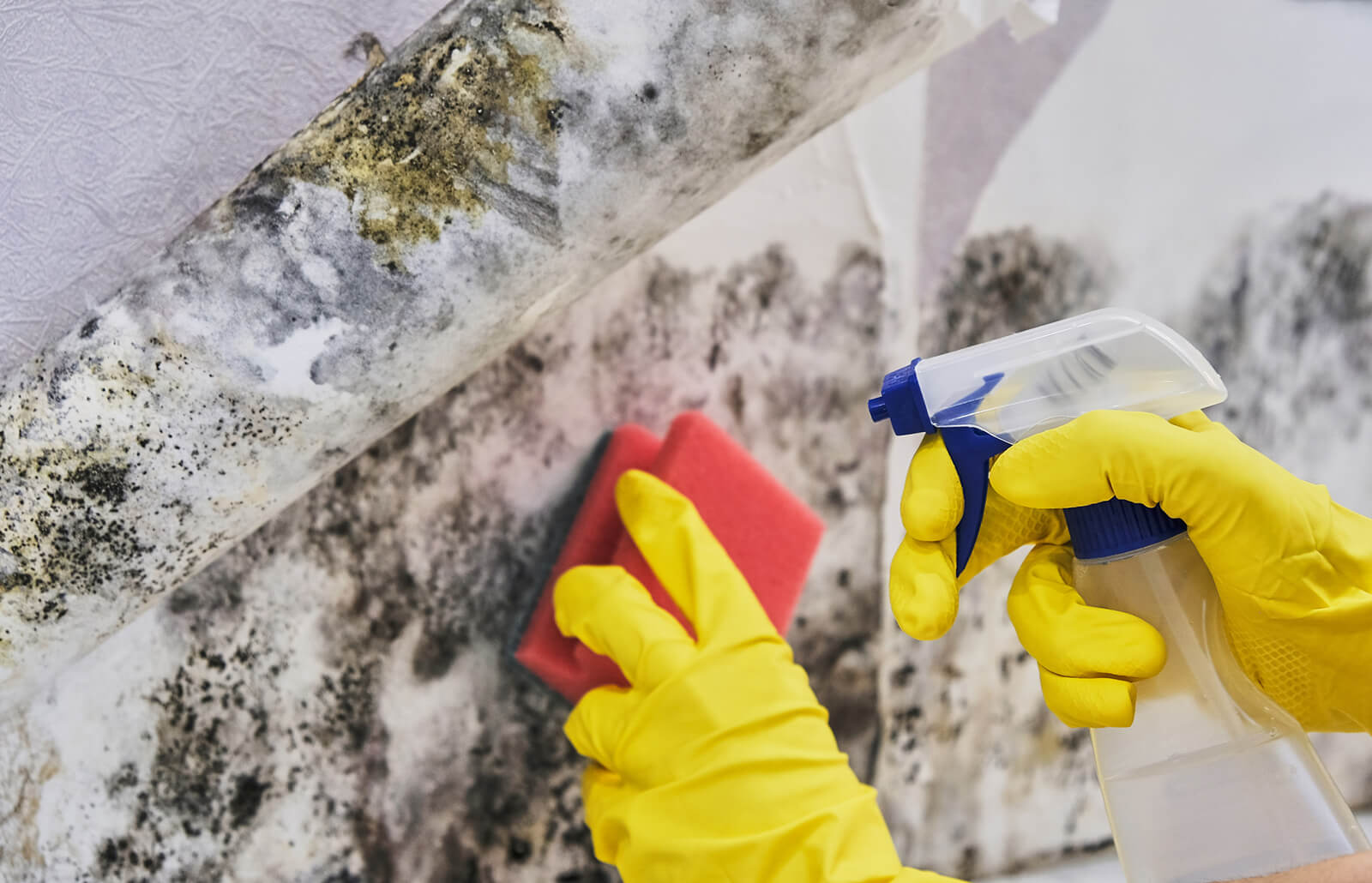Mold growth in homes can pose health risks so it’s important to identify and removing mold properly. Fortunately, with care and caution, most mold issues are manageable. The first step starts with identifying the extent of the mold problem followed by targeted removal measures to prevent regrowth.
Inspect Thoroughly
To locate mold, closely inspect all areas of suspicion using a bright flashlight. Search for discoloration or staining on walls, floors, ceilings and other surfaces. Also look within wall cavities, ductwork and humid areas where mold often develops. Document the size, type and location of affected areas. Have a professional inspect if mold covers over 10 square feet.
Determine Mold Type
Differentiate between surface mold and more dangerous invasive mold. Surface mold appears as a superficial stain while invasive mold involves growth within porous materials. Choose cleaning methods accordingly. For example, bleach works for surface mold but may not reach embedded mold. A professional should remediate extensive or invasive mold.
Remove Mold Appropriately
For small surface mold, wipe away visible growth with soap and water. Then disinfect the area with a chlorine bleach solution or commercial anti-microbial product. Use personal protective equipment to avoid direct contact. Ventilate the area while and after cleaning. For larger problems, hire a mold remediation specialist. They use proper containment, PPE and biocides.
Prevent Regrowth
Even after removal, mold can return. Therefore, resolve the moisture issue that allowed mold to initially develop. Use dehumidifiers, repair leaks, install fans and improve drainage. Also clean and disinfect the remediated area again to fully remove mold residue. Then continue running ventilation systems to maintain a dry environment inhospitable to mold.
In summary, identifying the source, size and type of mold allows you to choose the appropriate removing method. For small, surface mold, thorough cleaning and disinfection may suffice. However, larger or invasive mold requires professional remediation. After any mold removal, resolve moisture issues and improve ventilation to inhibit mold regrowth and protect the health of occupants.

